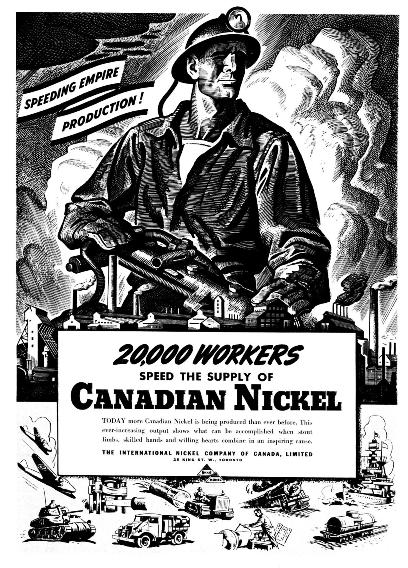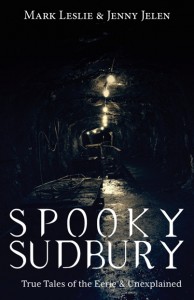The famed writer came north on assignment for The Toronto Star, hoping to get the scoop on a coal deposit
Ernest Hemingway is a towering figure of 20th century American literature and his celebrated life is the subject of a recent excellent three-part Ken Burns/Lynn Novick documentary series on PBS.
Before his first novel was published, Hemingway was a reporter and it is often noted by biographers that he perfected his simple, unadorned style of writing during his days at The Toronto Star from 1920 to 1924.
Hemingway was just 20 when he started to freelance for The Star. In 1921, he went to Paris as the paper’s foreign correspondent. Between August and December 1923, he returned to Toronto and worked out of the King Street newsroom.
























